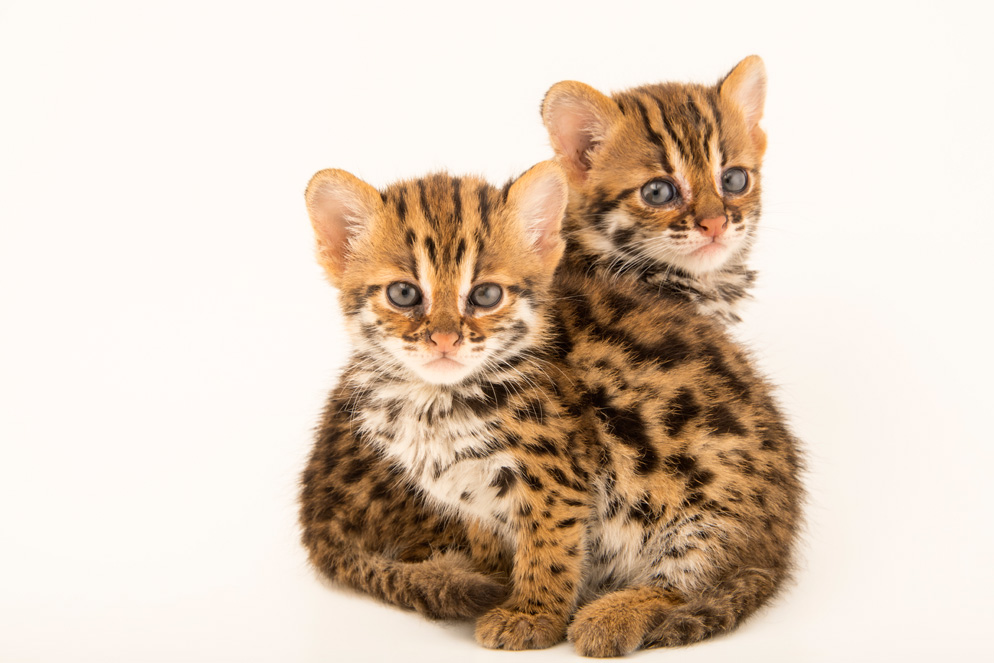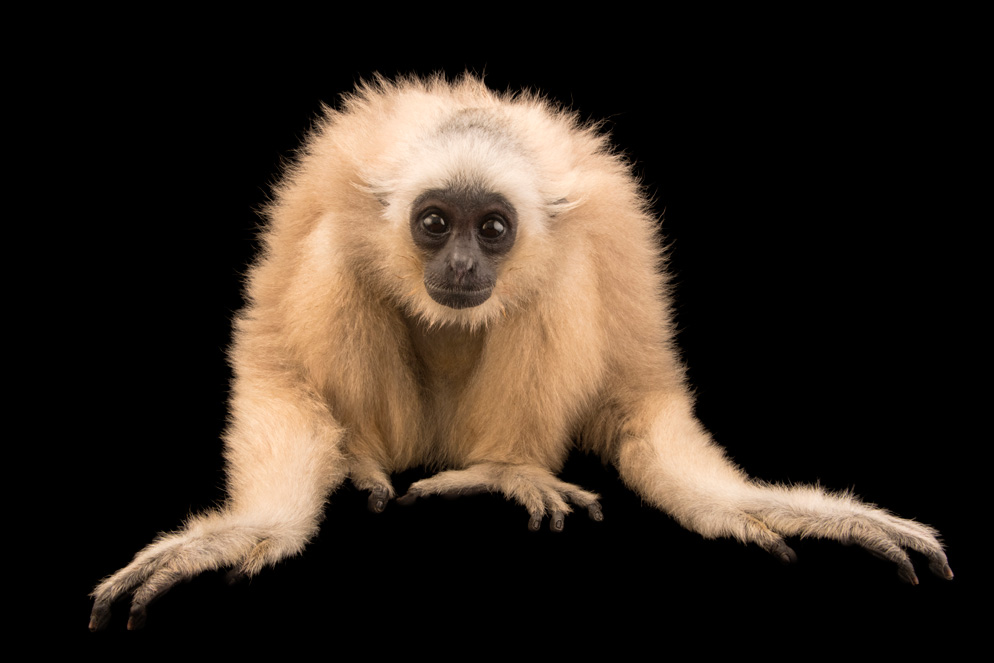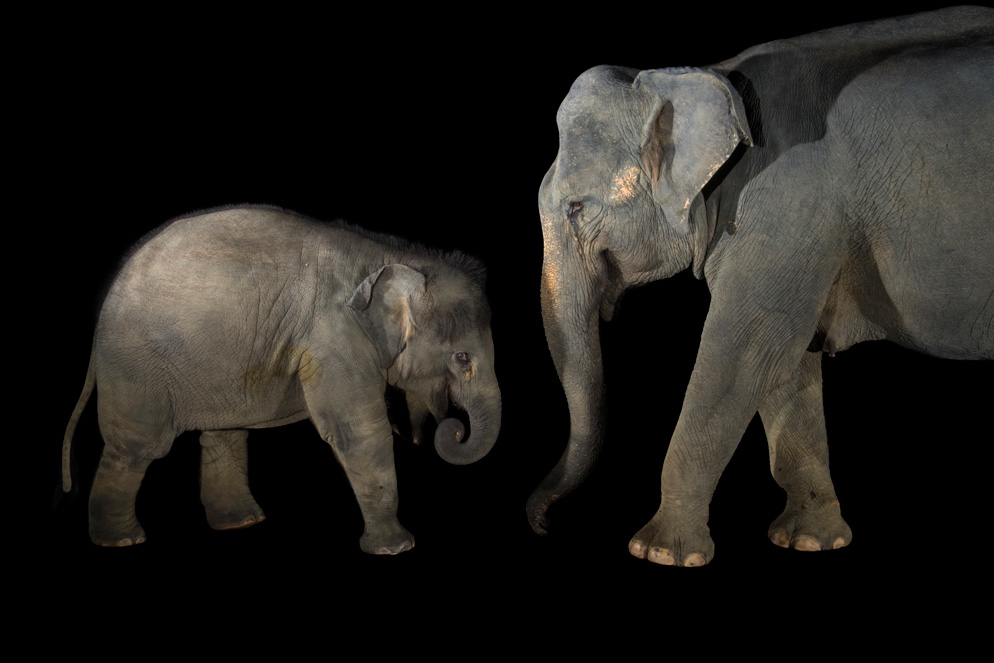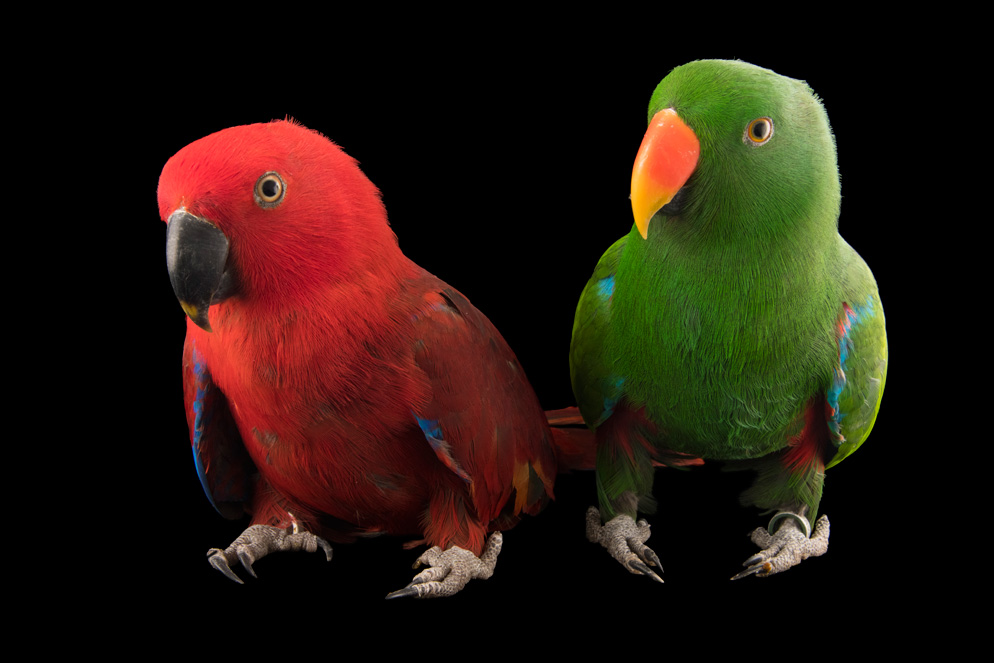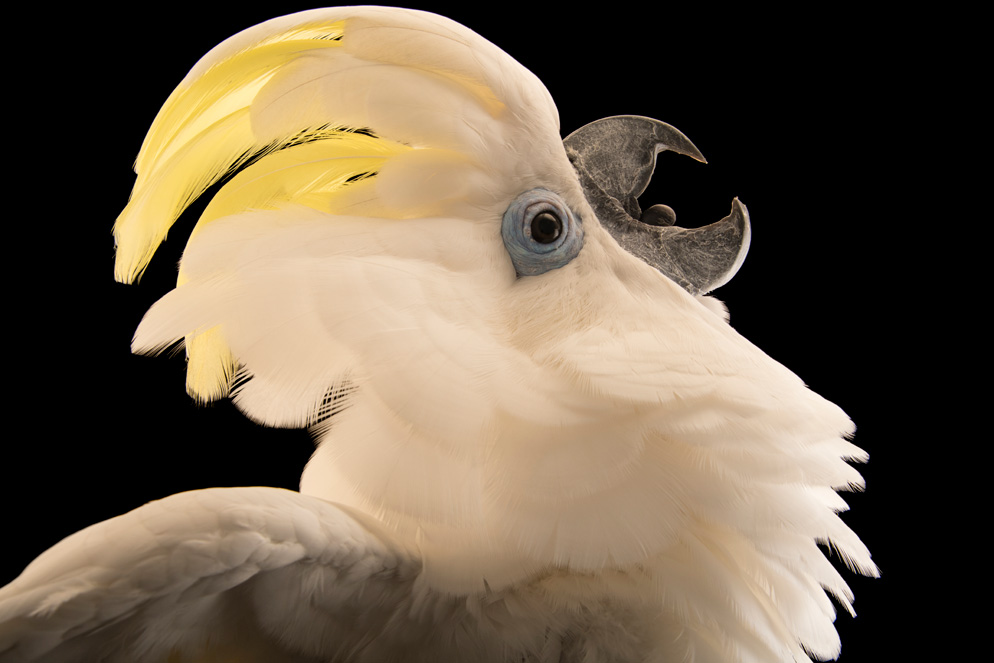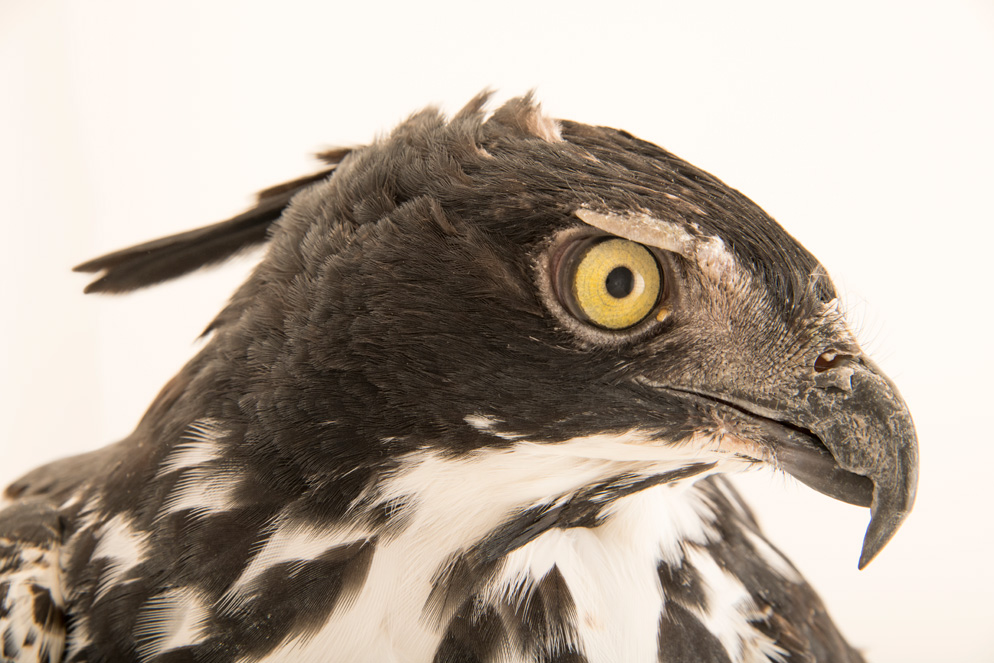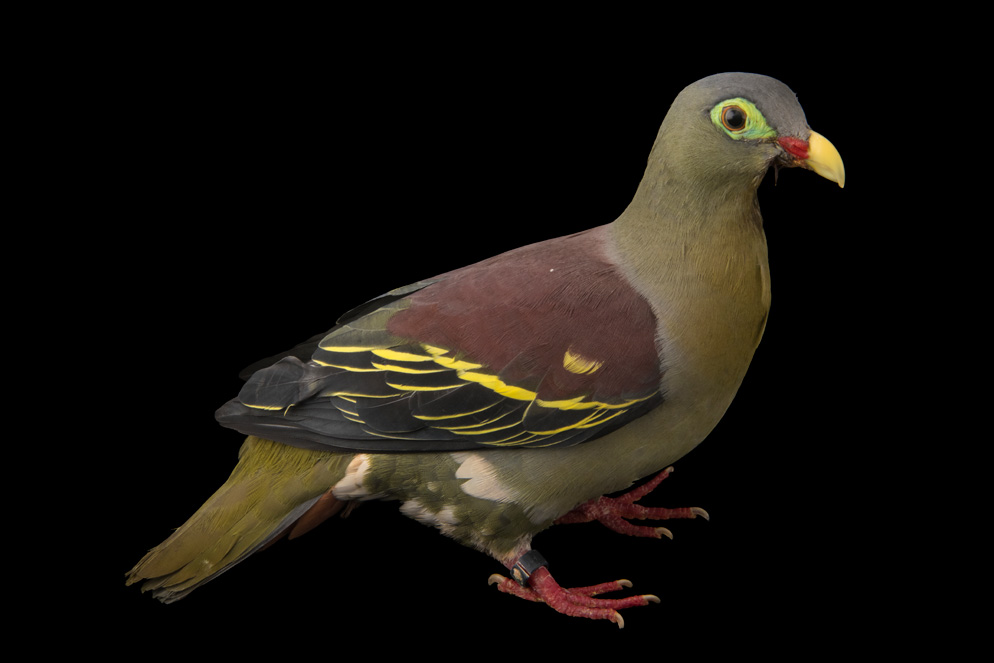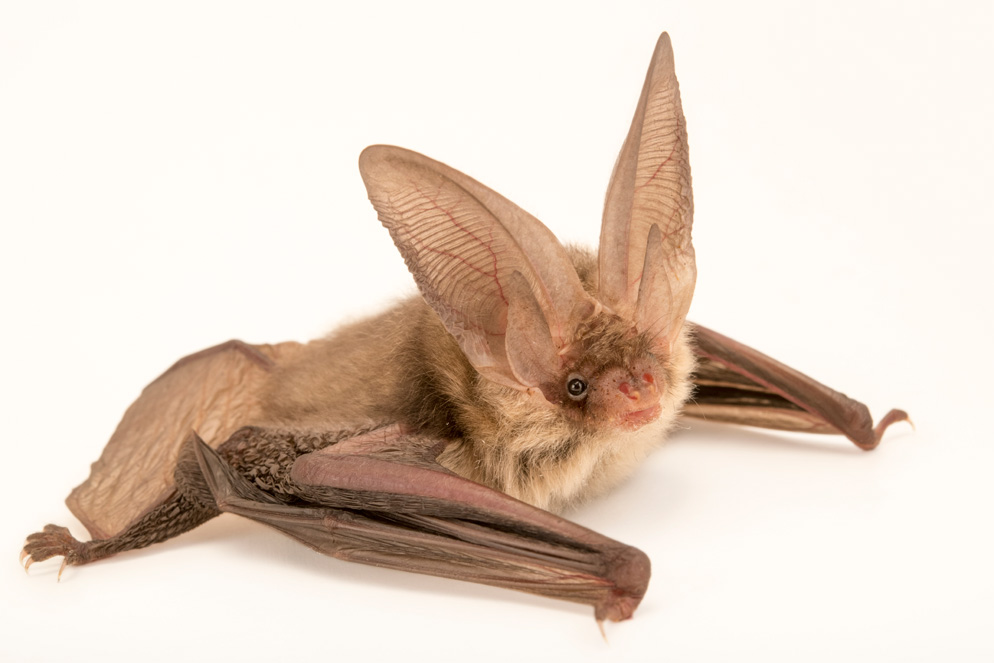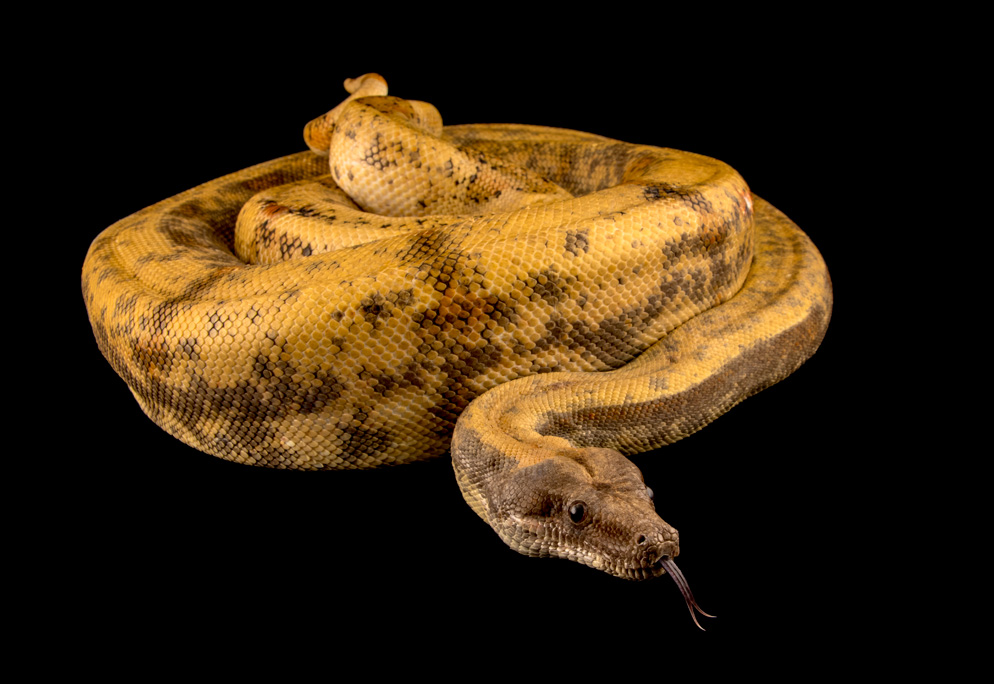Nikon Ambassador Joel Sartore Shares Progress of Photo Ark Project
A pair of four-week-old old Asian leopard cats, Prionailurus bengalensis bengalensis. These two were found abandoned by their mother a couple days ago in a burning field and brought to the Angkor Centre for Conservation of Biodiversity (ACCB), a wildlife rehab center in Siem Reap, Cambodia. D850, AF-S NIKKOR 28-300mm f/3.5-5.6G ED VR, 1/250 sec., f/18, ISO 640, manual exposure, Matrix metering
Just like the story of Noah's ark, Nikon Ambassador Joel Sartore is embarking on his own ark journey.
Called the Photo Ark, the project was established in 2006 with the goal to chronicle every animal in captivity around the world and raise conservation awareness to the threats these species face, as well as the direct benefits of saving them.
“When we save species, we’re actually saving ourselves. All species are vitally important to our very survival; we need bees and even flies to pollinate the fruits and vegetables we eat,” he says.
The Lincoln, NE-based Sartore estimates that half of the species he photographs will be extinct by the turn of the next century, if not before.
That is unless, he says, “the public is made to understand the perils to humankind in allowing such a mass extinction.”
“It is folly to think that we can destroy one species and ecosystem after another and not affect humanity,” he notes.
An award-winning photographer, speaker, author, conservationist, National Geographic fellow, and regular contributor to National Geographic magazine, Sartore was inspired to create the Photo Ark when his wife was diagnosed with a serious illness.
That moment left him with a sudden realization: The clock is ticking for all creatures.
“If I wanted to make any real contribution to saving species and habitats, it was time to get moving,” he says.
So, once his wife recovered, he abruptly halted his role as a National Geographic Magazine field photographer after 16 years and dedicated himself to the Photo Ark.
He adds: “The Photo Ark is all I do now, but it’s a National Geographic project and so Photo Ark-based stories appear regularly in National Geographic Magazine.”
Over the past year alone, his work has generated exposure for at-risk animals and habitats to the more than 100 million people who follow National Geographic’s media platforms, as well as through billboards in every major city, and even building projections on the Empire State Building, the United Nations and the Vatican— which were set to music and featured the narration of Jane Goodall.
He concludes: “We can turn this around to a great extent, but the first step lies in a sustained education campaign to introduce the world to these animals. We won't save them if we've never even met them. That's what the Ark is all about.”
All Aboard the Ark
The Photo Ark will last quite longer than 40 days and 40 nights.
In fact, with 12,000 animals on the list—and some 7,885 species photographed to date, the project is expected to last 25 years.
“This is a long-haul project that will take 25 years just to shoot. All along the way, and for years afterward a sustained media effort will be needed to use the Ark to its full potential and make the public aware about the amazing species out there that need our help,” he describes.
Specifically, the images provided for this article offer a good cross section of the different species he photographs, he says, from fish to birds, from cute and cuddly mammals to rodents and snakes.
“In these images, the kittens proved to be the most popular on social media, although they didn’t find the shoot too exciting; they fell asleep right after the picture was taken!”
And when it is completed, the goal is for the Ark to “go to work” for decades, if not longer—whether that be on Nat Geo’s web site as a catalog, as part of a museum exhibit, a traveling exhibit, or anywhere else it will have positive impact on conservation.
“The key now is to sustain the education campaign and create a sea change in how we humans see our relationship with nature. We must start to appreciate the fact that a healthy planet saves not only other species, but people too.”
One of Each Kind
Of course, photographing wild animals—even those in captivity and accompanied by a trainer during shoots—can pose difficulty for even the most experienced photographer, he says.
“Chimps are both memorable and difficult since I’m not working with any that are trained. I’ve tried but have yet to do a good portrait except for a baby. They’re smart, fast and strong.”
Other species pose a different type of difficulty—such as the Javan rhino and the Bornean rhino—because they are very low in numbers and hard to get access to.
Despite the breadth of the project and the logistics required to set up a photo shoot, Sartore has to date captured 7,885 species, including some that are perilously close to extinction.
“I photographed the northern white rhino, of which there are only two left—both females. The recent death of the last male, in Kenya, made international headlines. I’ve also photographed some frogs that are down to just a couple, or one,” he says.
“As far as birds go, the Florida grasshopper sparrow is down to a few dozen, if that. Folks there are working very hard to save it through captive breeding and trying to understand what’s driven their numbers down so low in the first place, but it almost always comes down to dwindling habitat and all the problems associated when you have isolated populations of critters that can’t move about anymore to find new food sources and mates. Isolation is the first step to extinction.”
In terms of the most rare animal added to the Ark, it is Toughie, the last known Rabb’s fringe-limbed tree frog, which sadly passed away in 2016, so the species is now extinct.
For Sartore, his “Holy Grail” photo shoot is the ivory-billed woodpecker.
“Thought to be extinct for decades, they were reported being seen in the Big Woods of Arkansas a few years ago. I’ve read about that bird since I was a little boy and it would be fantastic if they still hung on somewhere.”
Ultimately though, his favorite animal to photograph is simply, the next one.
“I’m very excited to wake up in the morning of each shoot day and bring on board any new species to the Photo Ark, no matter what size, shape or color. I’m especially interested in the little critters that may never have their voices heard without the lift of the Ark. Things like toads, sparrows and even minnows. All have great stories to tell and deserve a basic right to exist,” he says.
The Pro’s Process
It may be surprising that despite capturing such intimate portraits, Sartore has very few expectations for any given shoot.
“I just want a moment of eye contact. I work as quickly as I can to limit stress on the animals, even though most are born and raised in human care,” he describes.
In fact, many of his shoots take less than 15 minutes and it’s not unusual to photograph some birds literally in a minute or two.
However, that does not mean that tremendous planning and arranging does not go into each portrait.
Compiling the species list of 12,000 species for the Ark has required exhaustive research, “and 12,000 is the approximate number of species in the world’s accredited zoos, aquariums, wildlife rehabbers and private breeders,” he describes.
By his estimates, it takes several days of research for every day spent shooting and he will shoot anywhere from a few hundred to nearly a thousand animals a year.
Typically, he will research a zoo’s inventory, and work with their curators and staff to determine which of those animals on his wish list will be possible.
“Then we come up with a plan on how to best shift the animal into a space that’s black or white. Insects and frogs and small critters usually go into my cloth shooting-tent. For larger animals it’s often an off exhibit space or night house that we prep well in advance of the shoot.”
The signature of the Ark photos—animals set against a black or white background—can also pose interesting elements when photographing aquatic species.
“Sometimes the background goes right in the tank. I shoot from behind a black cloth to avoid my reflection showing up in the glass.”
He adds: “I’ve gotten dolphins and pilot whales by shooting through a public aquarium viewing window and triggering my big Elinchrom lights from overhead. It worked out well.”
While the zookeepers, aquarists, wildlife rehabbers and private breeders certainly know their animals, Sartore notes that it’s ultimately up to the animal whether it glances in the direction of his lens.
He concludes: “The moment may only last a second, but if it does, we can create an image that’s iconic. By looking animals directly in the eye, I figured there would be more chance of viewer engagement, and that’s turned out to be very true.”
Ambassador At Large
Sartore—who’s used Nikon cameras since he was 19 years old—has recently been using the Nikon D850 for the Photo Ark.
“Each Nikon DSLR that I’ve used is better than the next. The file size on these cameras creates images that are big enough to be projected onto some of the most famous buildings in the world. That’s exciting,” he says.
He adds: “For many of the species I shoot [for the Photo Ark], this is the only time they’ll ever be photographed well, if at all, so it’s critical to do it right. With my Nikon gear, I never need to worry about the technical side of things, from the autofocus to a sensor that can handle low light. And these are tough cameras, sealed against moisture and dirt, performing fine even after being hauled around the world,” he offers.
“With the D850, I like that I can change all the important settings using [controls] on the outside of the camera rather than having to go into the menu. That makes shooting faster, which is critical when working with animals. I also like that these bodies don’t break. This is so critical as we’ve put a lot of time and money into each and every shoot.”
Sartore takes four Nikon cameras with him whenever he goes abroad, and brings two on each Photo Ark shoot.
“I need them to work the moment I land, and they have, without fail, for years. The Photo Ark depends on it!”

